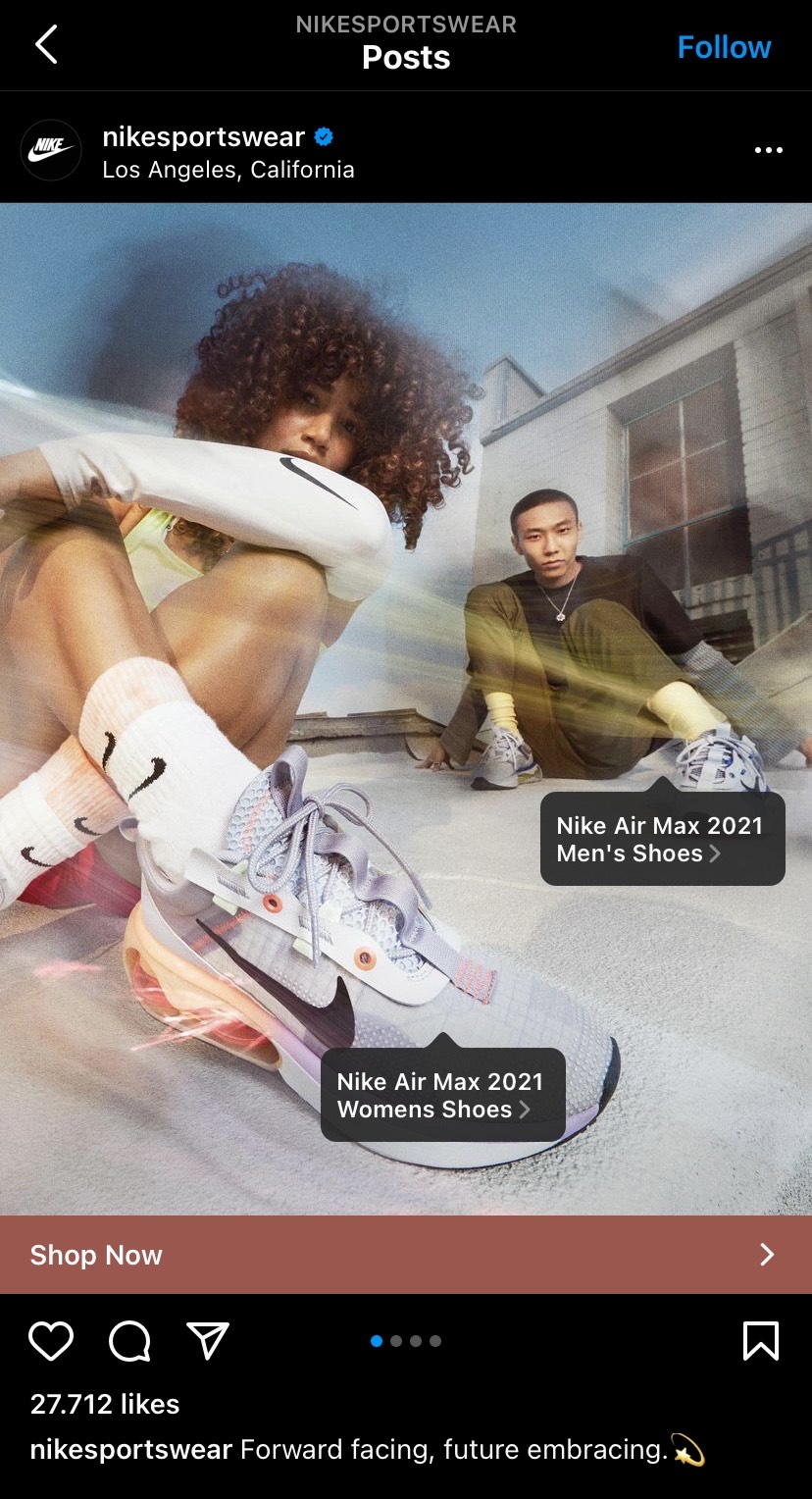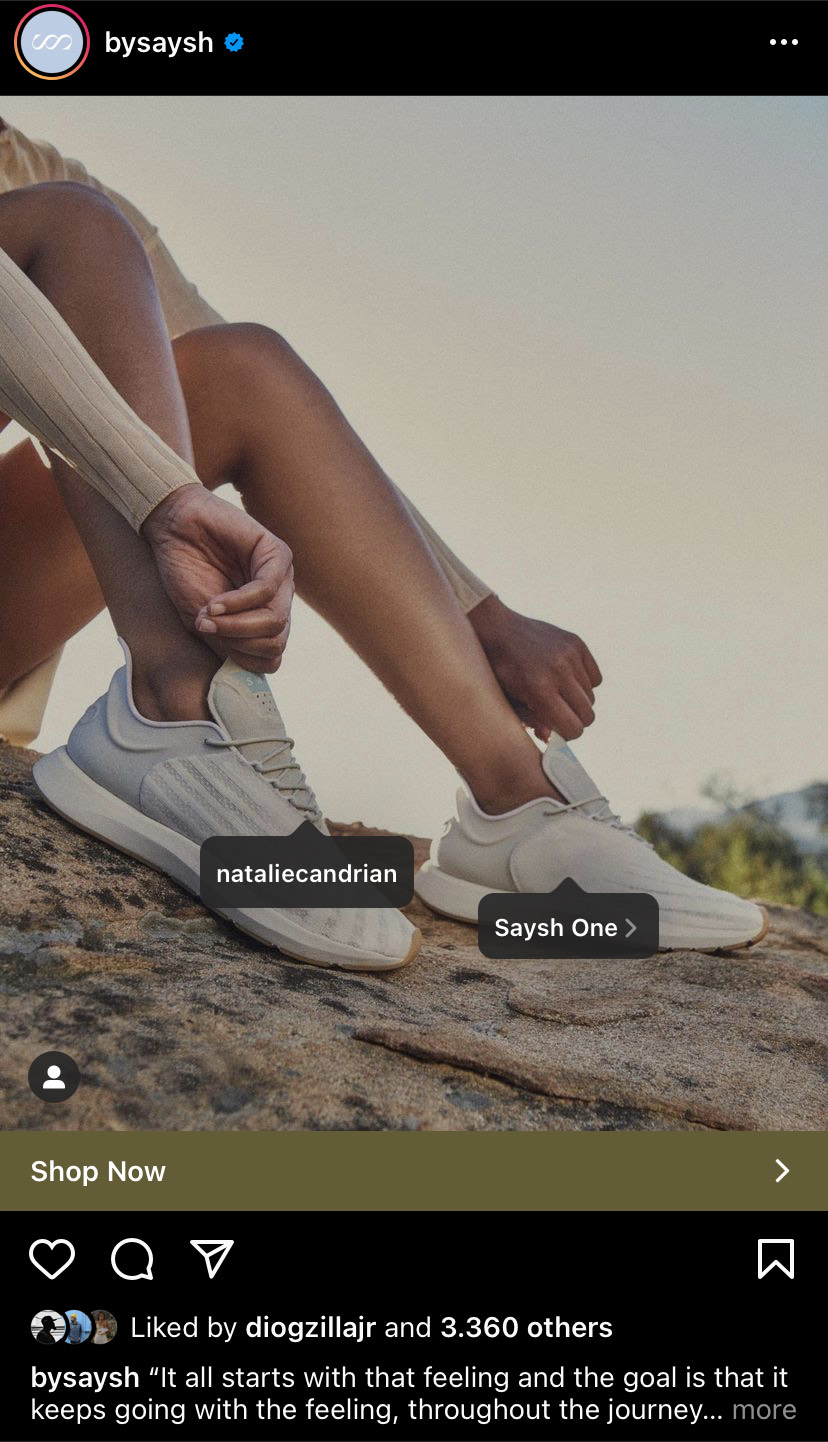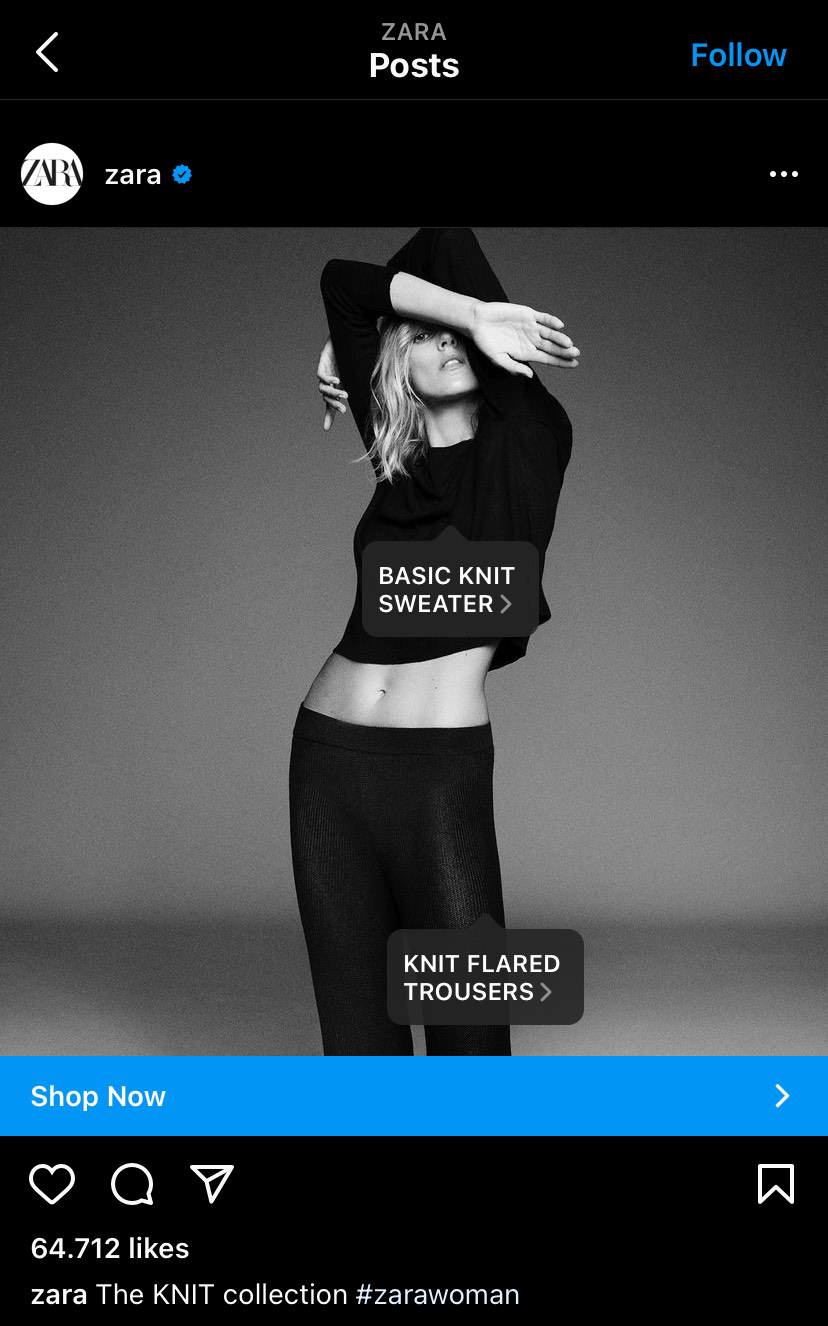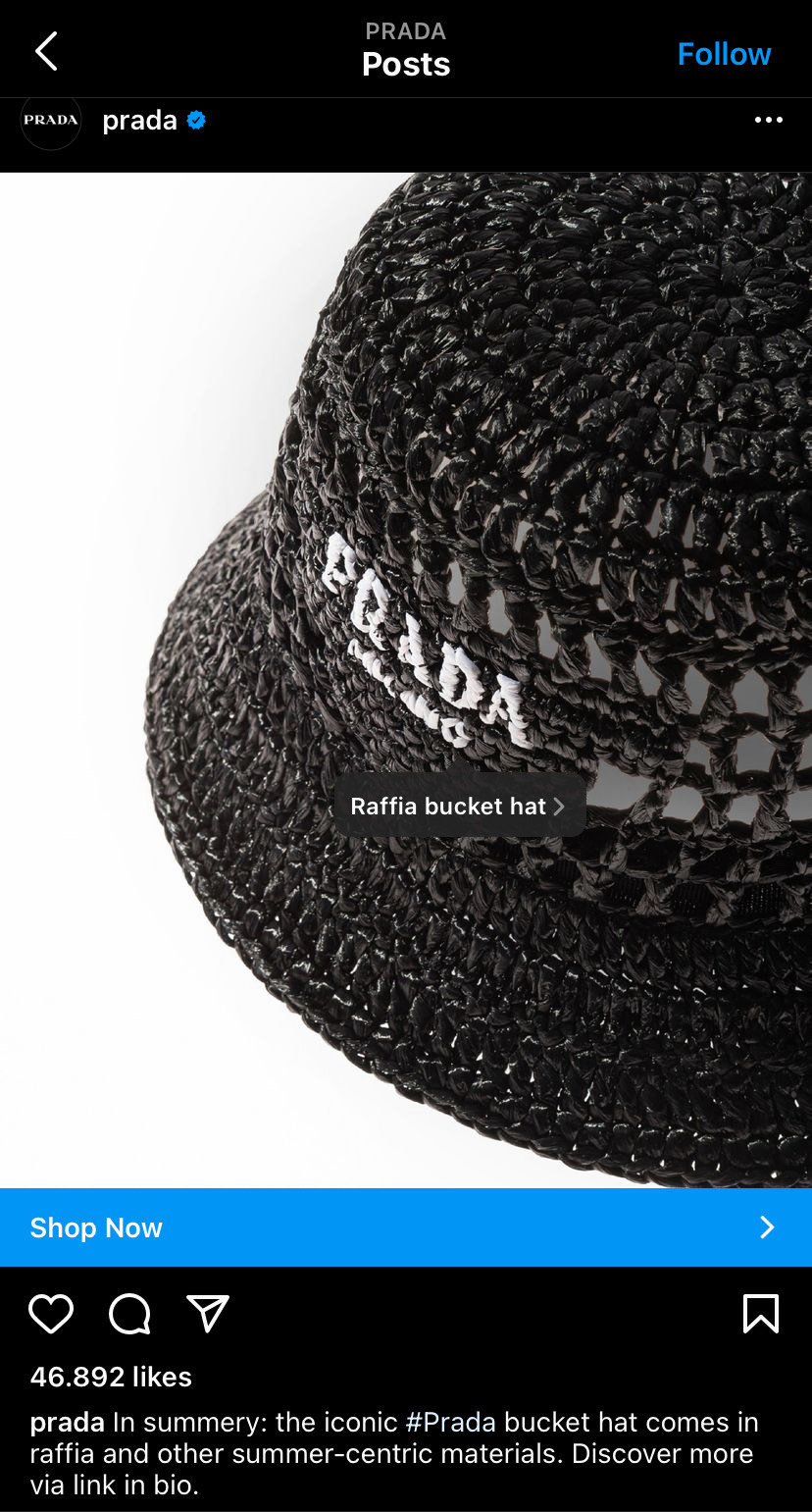
Product Tagging: Your ECommerce Won’t Survive Without It
Last update: 28 November 2023 at 04:46 pm
Tags are not only for tagging social media content in your Instagram posts, Instagram stories, or Facebook posts.
Your business, be it a retailer or Facebook catalog, must also learn how tagging products will drive your brand success.
Your eCommerce website is your storefront shopping window for customers to buy your inventory.
Customers need to find the relevant information in search results to find the products they want. Product tagging is the answer.
What Is The Purpose Of Product Tagging?
Enhancing the product catalog of your online store with descriptive tags is a crucial step before you open your shop.
This product tagging process is vital for businesses, not only for inventory management but also for reaching sales goals.
The more customers can find your product information online, the more they’re likely to buy your brand.
Product tagging is essential for retailers to master and is one of the most used resources for a Facebook catalog and Instagram business profile.
Like the hang tags in physical stores, product tags online help catch the eye of potential buyers. The product tags of a physical store may have fancy design elements designed to capture the look of a passing shopper. Product tags also help manage inventory.
Even though product tags started in physical stores, using them in online business is increasingly viable. Let’s look at product tags to understand what they should include before we learn exactly how to use them.
What Goes On Product Tags

Product tags should have information designed to organize products into their category accurately. This is so they show up in search results when customers use your page.
Your product catalog should tag products with descriptive tags that allow shoppers to browse your site easily.
Displaying a photo of your product can help shoppers decide what they want to purchase, but the tags will drive home the sale. They can include various things, but these five examples are the critical information businesses should consist of.
Barcode
The barcode is essential for your e-commerce product tag because it allows you to track products throughout the entire supply chain. This helps determine how much of an item you sell and will enable you to manage your inventory.
A business with a barcode on its tags has a successful store inventory.
Price
While this example may be optional in some cases, this tag lets consumers know exactly how much your product costs.
SKU
Another optional example but another valuable item to put on your product tag is the item’s SKU. This helps your e-commerce employees locate an object quickly and track where the items are located.
If you add barcodes already, this may seem redundant, but remember that the SKU is the ‘stock keeping unit’ and is internal tracking. In contrast, the barcode is helpful in external monitoring.
Product Name
This one should go without saying, but your product tag must contain the product name you are trying to sell.
Some sellers create a unique product catalog with individual names, and tags with product names help differentiate between your products.
Product Description
Instagram and Facebook influencers know how to pack the most impact with tags, keywords, and limited character count.
Your product description should pack all the information about the product, like what it’s made of, size, color, description, and company values. It should be short and informative.
What Is Product Tagging In Ecommerce?

An ecommerce product tagging will tag products with the information needed to show up in a search engine when a customer searches for a description or brand.
Consumers should navigate your online store easily; product tags will help your business sell more items. When a customer is looking for products or brands, they will first search for them.
Tagged products should have accurate information to be helpful to shoppers searching the web for products.
By ecommerce product tagging products, you organize your product data into a database that can produce accurate search results.
During the pandemic, consumers avoided brick-and-mortar retailers and favored shopping safely in a browser or on mobile sites. Businesses had to have an online catalog with product descriptions to manage their inventory.
ECommerce product tagging is product categories, like ‘shirt’ or ‘bedding.’ A customer looking for a shirt may search for ‘shirts.’ This is why tagging products accurately is essential; a t-shirt is still a ‘shirt’!
Start Selling on Instagram Now With Tags
Instagram has evolved beyond just a social media page with posts and videos. It’s now a viable eCommerce business website.

Product tagging is one of the resources that retailers use to drive success in their Instagram stores. Product tags are used in the Instagram marketplace to move content into the audience’s hands, intended to buy it via an Instagram post and a Facebook store page.
Tagging products in the Facebook marketplace and posting them to Instagram gives you a better sales conversion from your viewers.
Enhance your Instagram post with a picture representing your brand and attracting shoppers to click on your tag. You can show special offers or discounted rates on your landing page by clicking these tags.
To start selling on Instagram, many videos online can walk you through the process.
It’s important to know that 60% of Instagram users discover new products via Instagram posts.
Many eCommerce dealers use Instagram posts to display tagged products in their online stores. Using tags in your posts, use Instagram to connect your store and brands to potential customers.
If you’re unsure where to start selling on Instagram, consider working with an outside agency. Social media growth agencies in the United States can help you set up your marketing plans.
Automatic Product Tagging: Using A Product Tag In Your Instagram Business Profile
So, you set up your business profile, and you can sell on your new online store. You must have your items available in a Facebook shop or Shopify online store to tag them.
It all starts with tagging products, your Instagram posts, and Instagram stories. Include all relevant focus keywords and use the proper analytics to ensure you reach your target audience for your Instagram posts.
Product tagging on Instagram requires you to have the latest version of Instagram and be an admin of the page. You must connect your Instagram to a Facebook page as well.
Once these requirements are fulfilled, you can submit your account to Instagram for review to open your market.
Tag Products In Instagram Posts To Boost Sales
Many eCommerce sellers use Instagram posts to display tagged products in their online stores. Using tags in your posts, use Instagram to connect your store and brands to a potential shopper.

Enhance your posts with a picture representing your brand and attract shoppers to click on your tag.
Your Instagram posts with shopping tags should attract more visits to your website and increase sales. Adding tags empowers the customer to shop aesthetically and create a unique eCommerce experience by eliminating purchase barriers.
There are no barriers for your followers, just your page and your band. Product tagging on Instagram also allows brands to tell their own story in their own form.
The Best Instagram Stories Use Shopping Stickers
You need to add a shopping sticker to use a tag in your Instagram stories. What are shopping stickers? A shopping sticker is a little shopping bag icon that shoppers can click on when viewing Instagram stories to take them to the page where they can buy products.
Use AI-Powered Product Tagging AI To Improve Your Product Tags Faster
Instagram, Facebook, and other social media have in-depth analytical functions that can be helpful to you when you add product tags.
Like the ‘what’s trending’ features on many sites, you can track your product tags and see what customers are buying.
This AI aids in automatic product tagging and eliminates the need to tag products in your Instagram posts manually.
It can process many images in just a fraction of the time, creating a perfectly tagged catalog that can be searched efficiently. Ordering products with visual AI is how the best Instagram retailers make the most money.
Start Product Tagging In Your Store Today
Whether you’re tagging products for your Instagram or webpage store, the most important thing is to ensure you’re accurately labeling the products you have on hand.
For eCommerce, product tags help categorize a product so buyers can easily find, locate, and buy your items.
It isn’t hard to tag your inventory, and many eCommerce business sites allow product tagging. But even if you’re 100% an online seller, physical hang tags can still be used for inventory purposes and again in the unboxing experience for marketing and engagement.
So, if you have an online business, start creating your product catalog with tags. You’ll be amazed at the results.
If you need additional help with your online store, think about working with one of our eCommerce agencies in the UAE.





